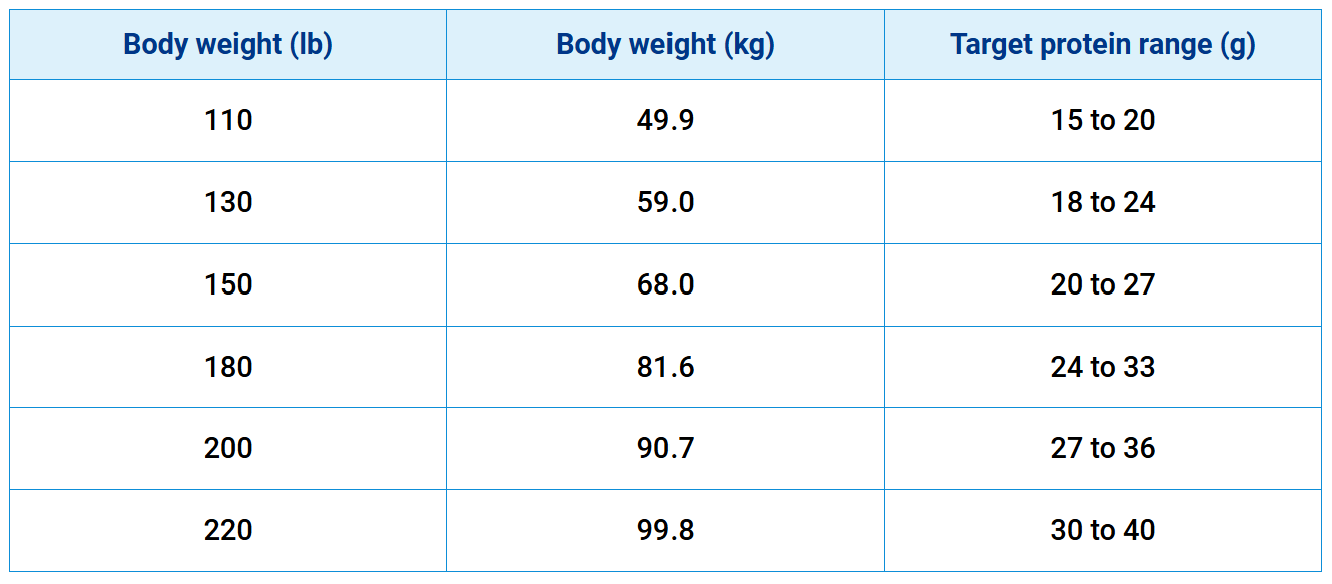Eating Animal Protein After Training Improves Recovery, According to Study
Description
STORY AT-A-GLANCE
Recent studies recommend eating about 0.3 to 0.4 g protein per kg of body weight (20 to 40 g for most adults) within two hours after training for optimal recovery
Aim for around 2 to 3 g leucine in that dose to robustly trigger muscle protein synthesis
A new Texas A&M clinical trial in tactical athletes reports better recovery markers after intense training when animal-protein meals were used versus plant-based meals with equal total protein
Pairing protein with carbohydrates helps speed glycogen refueling across the next four to six hours
Older adults generally benefit from the higher end of the per-meal range (approximately 0.4 g/kg)

Proper recovery from training is the make-or-break factor in how your body adapts to exercise. You may train hard in the gym or on the field, but without the right recovery, strength gains stall, endurance plateaus, and soreness lingers longer than it needs to. Nutrition — especially protein — sits at the center of that recovery process.
Every workout triggers small amounts of muscle breakdown, and the way you refuel determines how quickly those tissues rebuild stronger. Decades of sports nutrition research show that protein intake after training directly stimulates muscle protein synthesis, the biological process of repairing and building muscle fibers.
Now, the question is, how much protein after workout is ideal for recovery and what’s the best source from your diet? Scientists at Texas A&M University recently conducted a controlled trial comparing animal- and plant-based protein and their effects after intense training — I’ll discuss these findings later.
How Much Protein Should You Eat After a Workout?
Finding the right post-workout protein target doesn’t need to be complicated. A clear, practical guide for most adults is 0.3 to 0.4 grams of protein per kilogram of body weight within about two hours after exercise. This guideline is widely supported in sports nutrition literature and has been highlighted in a recent peer-reviewed work, which notes that this range consistently stimulates muscle protein synthesis after training.1
How would this look like in real-life application? Here’s an example — if you weigh 150 pounds (68 kilograms), you’ll roughly need 20 to 27 grams of protein. If you weigh more or less, the same calculation works — multiply your body weight in kilograms by 0.3 to 0.4. Below is a table to guide you.
Daily totals still matter most, but this post-workout protein dose accelerates recovery from training by triggering a strong anabolic response — Research published in Cell Reports Medicine shows that protein ingestion drives a dose-dependent anabolic effect, with 20 to 40 g being effective for most adults and even higher doses sustaining synthesis for longer periods.2
The study also shows the body can adapt to larger protein feedings — According to the researchers, consuming 100 grams of protein in one sitting triggered a greater and more prolonged anabolic response — lasting over 12 hours — compared to smaller doses.
This doesn’t mean everyone needs 100 grams after training, though — However, it challenges the long-standing belief that the body “can’t use” protein beyond 20 to 40 grams per meal. For larger athletes, or those consolidating protein into fewer meals, this finding suggests flexibility in how protein can be distributed across the day.
The U.S. Department of Agriculture (USDA) Dietary Guidelines for Americans 2025 to 2030 emphasize that protein quality and distribution throughout the day are important for health. They note that animal-derived foods like lean meat, poultry, fish, dairy, and eggs provide complete amino acid profiles that efficiently support muscle repair and recovery, making them the best protein sources after workout.3
Does Animal Protein Improve Recovery More Than Plant Protein?
A recently published study conducted by Texas A&M University’s Department of Kinesiology put this question under the microscope. In a randomized, double-blind, placebo-controlled, and crossover-designed study published in Nutrients, researchers worked with military cadets performing the Army Combat Fitness Test — an intense, full-body assessment consisting of “sprints, drag pulls, weightlifting, and other exercises,” designed to measure endurance, strength, and resilience.4 5
The cadets were composed of 23 healthy males and females between 18 and 40 years old — At each visit, they were weighed, had heart rate and blood pressure checked, gave a fasting blood sample, and filled out questionnaires about diet satisfaction and side effects. They also took computerized memory and reaction tests and rated muscle soreness when pressure was applied to their thighs.
The participants were split into groups — One consumed pork-based meals ready-to-eat (MREs), while the







